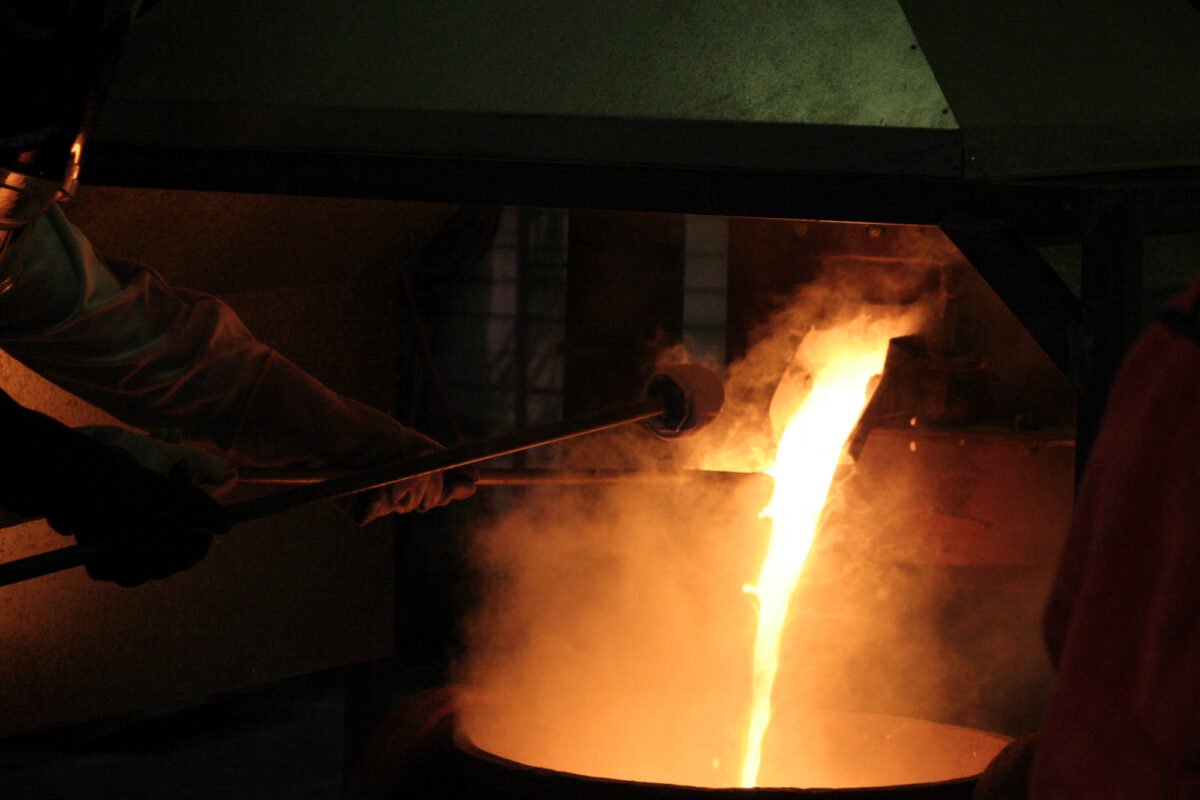For this to become a reality, there must be a strategic overhaul in Australia’s green hydrogen industry, with an emphasis on pivoting from primarily exporting carbon-neutral fuel to leveraging it for the local production of traditionally carbon-intensive goods earmarked for export. The production of steel, shipping and aviation fuels, fertilisers, explosives and cement alone, account for over a quarter of global greenhouse gas emissions.
By concentrating on local production, not only can Australia reduce its own emissions through renewable energy, but also significantly impact the emissions of our trading partners. The substitution of Australian-made products created using locally produced green hydrogen stands to massively slash Australia’s upstream emissions.
The global demand for these environmentally friendly products reaches into the trillions of dollars. Critics often downplay Australia’s emissions efforts, citing the country’s mere 1.5 per cent share in global emissions. However, Australia’s abundant land, sunlight and wind resources position us uniquely – to generate enough renewable energy to produce green hydrogen. This green hydrogen can be used in the production of products that other countries are producing with large carbon footprints. Australia can displace those producers and massively reduce emissions occurring in other countries.
The sight of wind turbines for me signifies hope. No longer will other countries rely on Australian coal and LNG to manufacture steel, fertilisers, aviation and shipping gas and ammonia, thus significantly reducing their greenhouse gas emissions produced from burning Australian-sourced coal or used in the production of steel from our iron ore.
Steel production globally is responsible for 8% of global greenhouse gas emissions. Australia supplies a substantial share of iron ore exports (over 55%) and is the world’s largest exporter of metallurgical coal, we are therefore in a unique position to impact a significant portion of global emissions through the provision of green iron, green ammonia, green eFuels, green mining explosives, and green cement.
To fully realise this potential, regulators must play an important role in implementing pro-renewable rules. Mandatory usage of eFuels for all ships visiting Australia, or setting quotas for locally produced steel manufactured with green hydrogen are examples of regulatory initiatives that can drive the transition. Acknowledging the capital-intensive nature of green hydrogen production, regulatory support becomes crucial for scaling up these efforts.
One area with immense potential for improvement is the production of ammonia. About 176 million tons of ammonia is currently produced globally per year, primarily for use as fertiliser. The century-old process involves stripping hydrogen from natural gas using steam, emitting CO2 as a by-product. The hydrogen is combined with nitrogen from the air at high pressure and temperatures of hundreds of degrees Celsius. Green ammonia, however, utilises renewable energy to extract hydrogen from water, eliminating the CO2 by-product and aligning with sustainable practices.
The application of green ammonia extends beyond fertilisers, with liquid ammonia being considered a potential fuel shipping, which is responsible for three per cent of global emissions.
The versatility of green hydrogen is further emphasised in the production of eFuels, which can power vehicles, trucks, and aircraft. This involves combining green hydrogen with recaptured carbon dioxide through synthesis, often in methanol form. Methanol can directly power vehicles or be further refined, even transformed into gasoline through methanol-to-gasoline processes, serving as a substitute for petrol and diesel.
Another promising avenue for emission reduction lies in the cement sector. By incorporating green hydrogen as a reducing agent in raw material blends, clinker content can be reduced, potentially leading to CO2 emission reductions of up to 50%.
Australia stands on the cusp of a transformative era where embracing green hydrogen can spearhead both environmental sustainability and economic prosperity. By targeting industries responsible for a significant share of global greenhouse gas emissions, such as steel, shipping, aviation fuels, fertilisers, explosives, and cement, Australia not only mitigates its own emissions but also wields influence over the emissions trajectory globally.
This strategic pivot, reinforced by forward-thinking regulatory measures and innovative solutions like green ammonia and eFuels, can position Australia as a global leader in emissions reduction. The potential to simultaneously contribute to a greener planet and generate substantial economic rewards underscores the significance of seizing this opportunity for a sustainable and prosperous future – the time to act is now.
Author: Brian Innes, Director at Partners in Performance
The views and opinions expressed in this article are the author’s own, and do not necessarily reflect those held by pv magazine.
This content is protected by copyright and may not be reused. If you want to cooperate with us and would like to reuse some of our content, please contact: editors@pv-magazine.com.








By submitting this form you agree to pv magazine using your data for the purposes of publishing your comment.
Your personal data will only be disclosed or otherwise transmitted to third parties for the purposes of spam filtering or if this is necessary for technical maintenance of the website. Any other transfer to third parties will not take place unless this is justified on the basis of applicable data protection regulations or if pv magazine is legally obliged to do so.
You may revoke this consent at any time with effect for the future, in which case your personal data will be deleted immediately. Otherwise, your data will be deleted if pv magazine has processed your request or the purpose of data storage is fulfilled.
Further information on data privacy can be found in our Data Protection Policy.